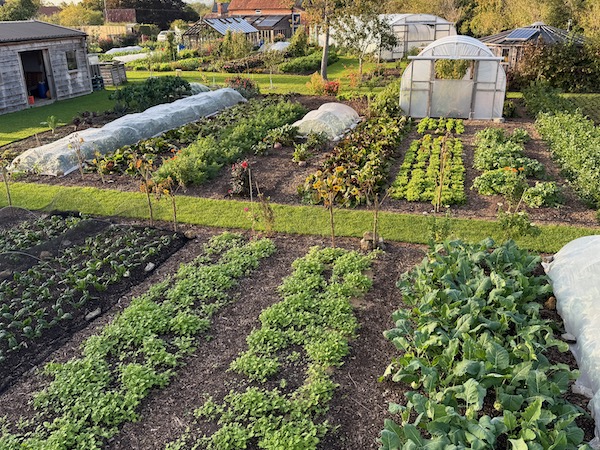
Weather
Around mid-July, St Swithin’s day, the weather is set in a pattern it will maintain until the end of August. It's variable now, with winds off the Atlantic mostly, although with no significant rainfall.
In July so far, only 5mm / 0.2in compared to 36mm normally for those two weeks. Temperatures have averaged 25.5°C/78°F by day and 12.2°C/54°F by night. That's almost 2°C above average.
That suggests mixed weather ahead, with less heat than recently but still not a huge amount of rain, unless we get lucky with storms.
Onions, potatoes, tomatoes are good here
Onions are good to pull once you see more than half of the tops falling down. That tells you most growth has finished, and they are maturing. Speed this by bending at 90° the tops of the whole lot, and soon after that gently pull them out of the ground so that they start to dry. Once fully dry, they will store much better through winter. If you don't need the ground, drying outside is impressively effective even in damp weather, thanks to wind.
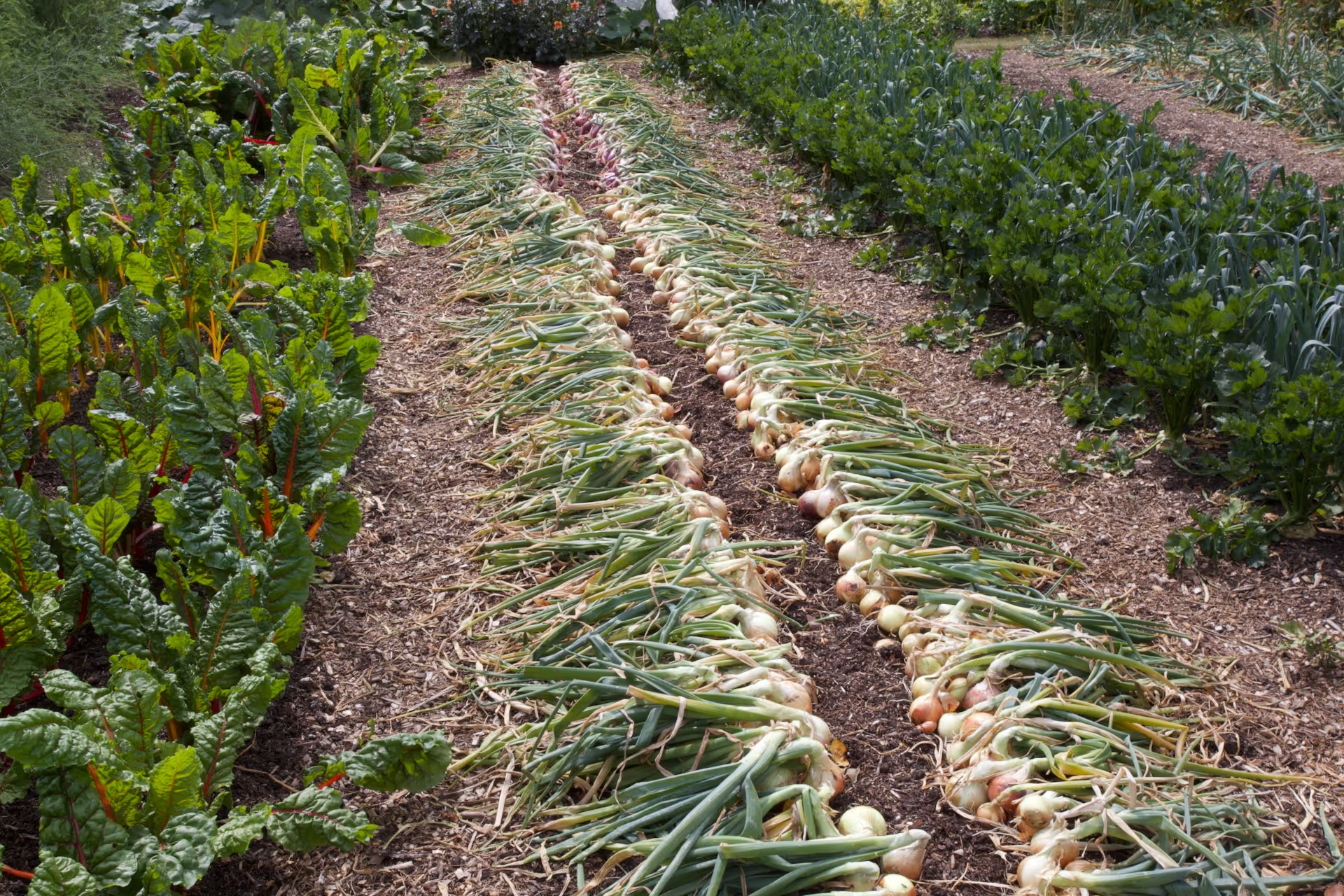
It's a vintage year for certain plants like tomatoes and onions. See my video about how I kept leaf miner from damaging the onions you see in the photo. It's also been great for early and second early potatoes.
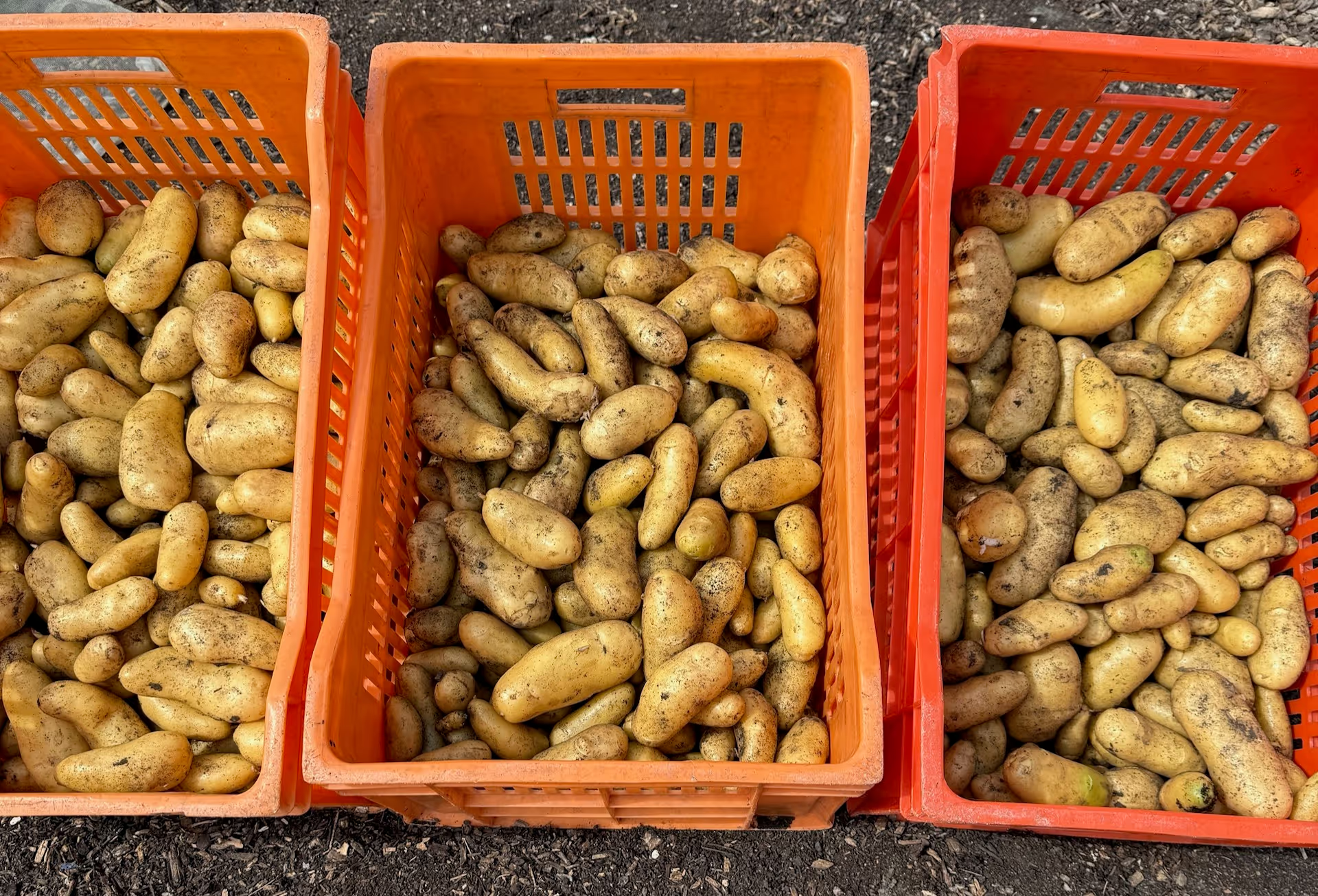
If not already done, pinch out the tops of your outdoor tomato plants. This stops them making future growth which would not have time to grow and ripen tomatoes. They need to concentrate on what's there already, which should be a decent amount of fruit swelling. That's for cordon tomatoes, while bush tomatoes can be left to do their thing, in the same way as ridge cucumbers which are now cropping a lot.
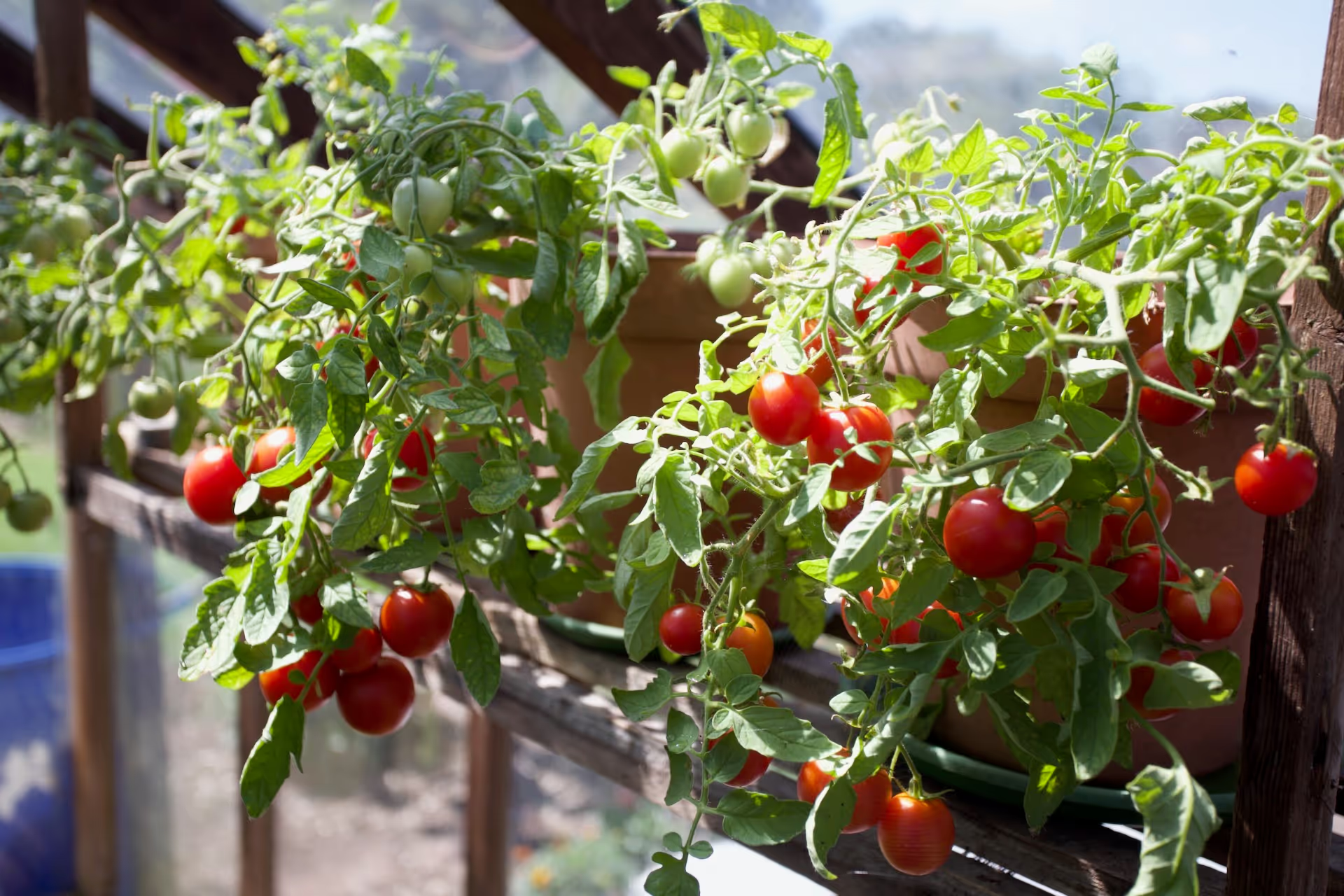
Flea beetles
A change from slugs. Every year has different main pests, and brassicas are being hit hard by flea beetles with masses of small holes..
Covers of fine mesh help keep some of those beetles out, but many wriggle through and in dry weather, they are just too numerous. The only remedy I know is to water more but that's easier said than done. My water butts are mostly empty so I'm using a lot from the tap.

Replanting with succession vegetables
This is challenging in dry conditions. Easiest are winter and spring brassicas because they go in at wide spacing. I draw two or three lines along beds and concentrate new water in those lines which is where the plants will be. I do not water the whole bed, to save time and water. At this stage, it's simply not necessary.
We just transplanted sprouting broccoli for spring after lettuce. The lettuce bed had been watered two or three times every week and they were growing nicely, however, the soil was incredibly dry, and we shall need to water the new plants every two days, unless it rains.
.avif)
Both propagation, and transplanting are rapid and economical when you use my CD module trays, They grow the size of plants below. I make holes with my long dibber.

Sow now and soon, timing counts
Looking ahead, it's time to sow Florence fennel and kohlrabi for autumn harvests. INow is last chance to sow lettuce for regular picking of outer leaves through early autumn. And endive too if you like bitter leaves.
After 30th July and before 5th August, sow Chinese cabbage for autumn hearts. Through early August and until about 20th is a the best period for sowing brassica salads, such as rocket, mizuna, and mustards. And the best late-summer sowing of all is spinach, for long periods of delicious leaves, but not before 1st August.
See my Sowing Timeline
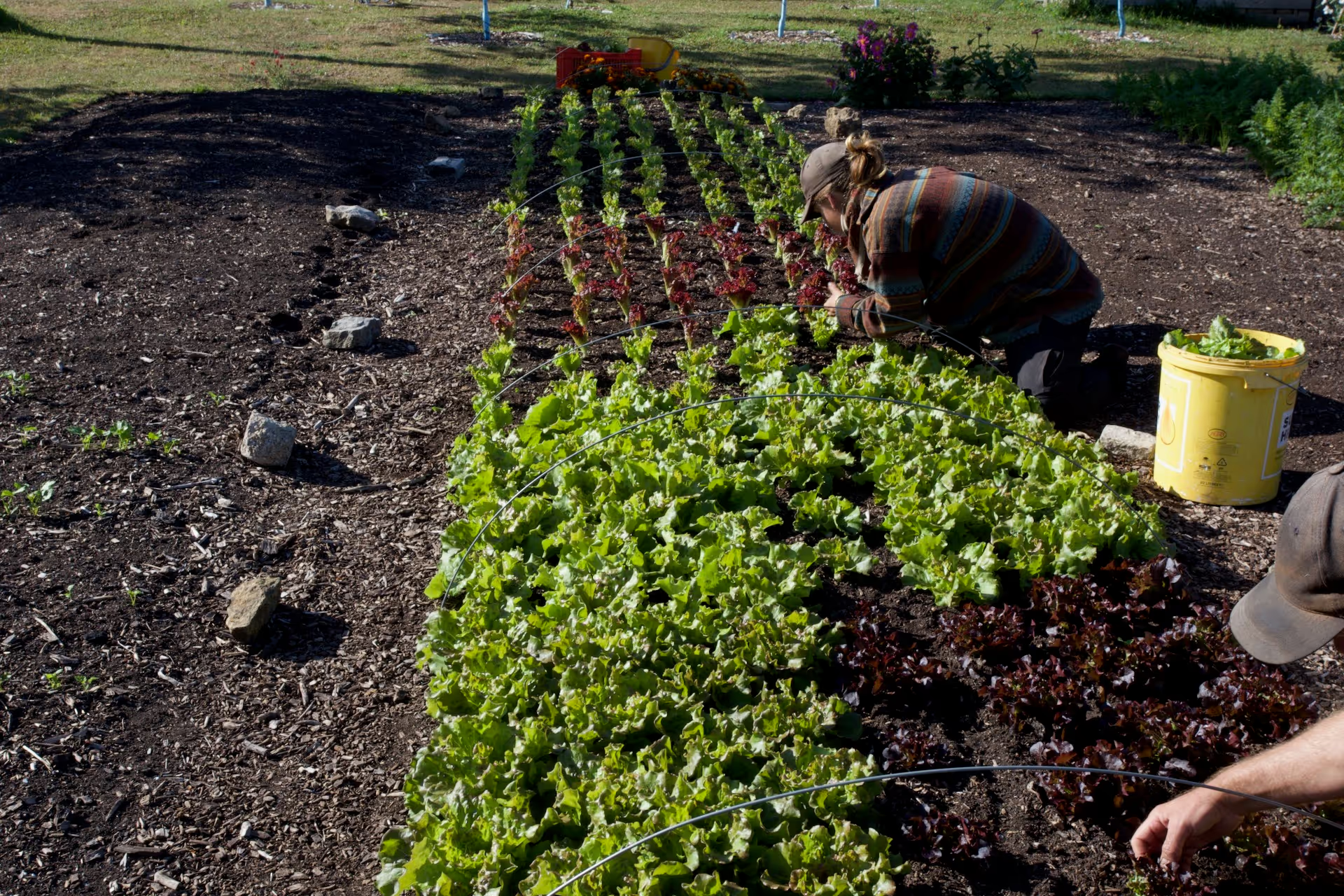
Watering
Good luck with watering, see my Tour video where I explain methods here.
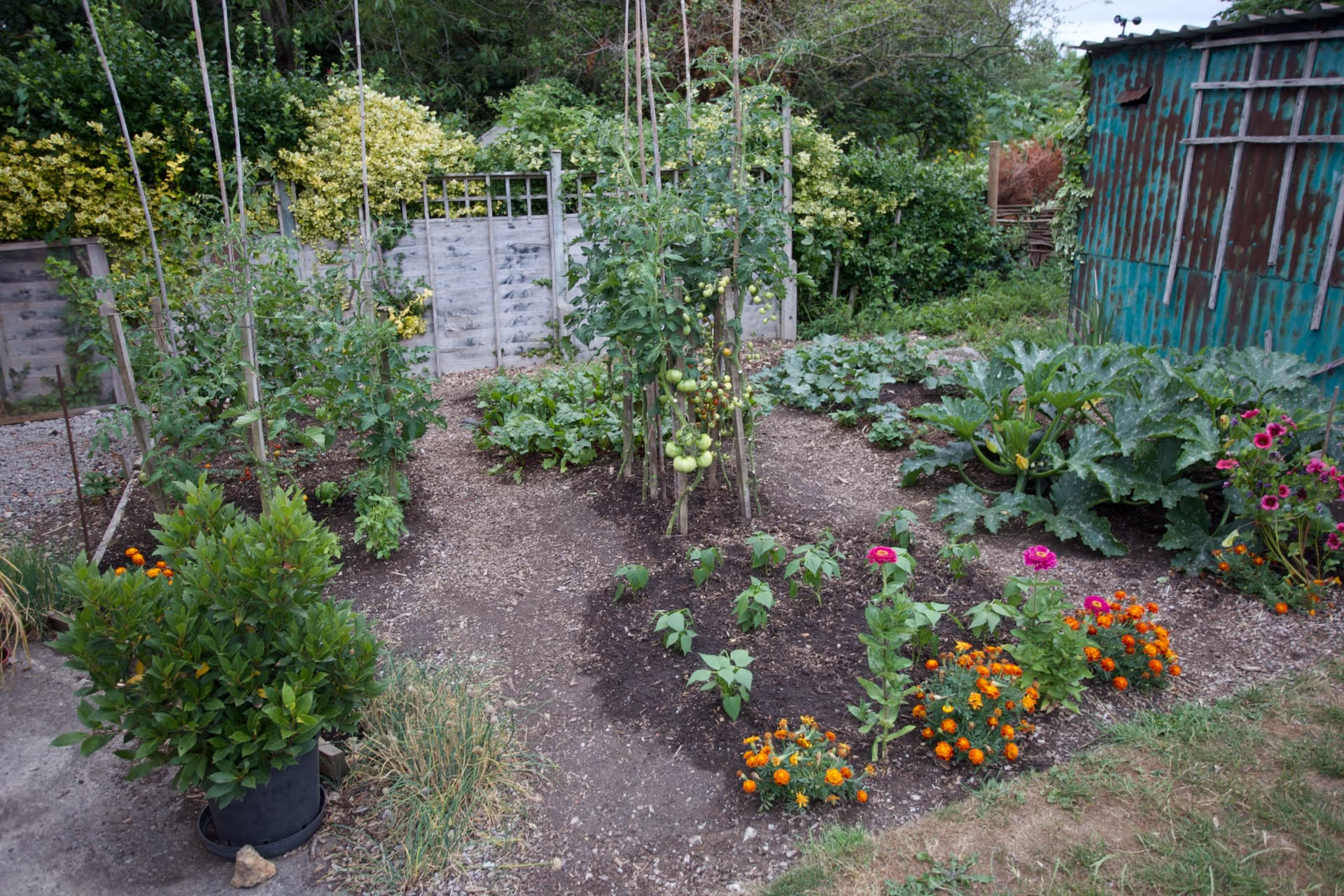
And don't forget the weeding! It's easier with no dig, but sometimes annual weeds can be seeding under the leaves of larger plants and that will cause you much work next spring. In mid-summer I particularly look out for and remove when small, all of sow thistle, groundsel and fathen.
See my online no dig course for details about that.
Get Charles's advice in his free newsletter
& 10% off your first order in our shop



